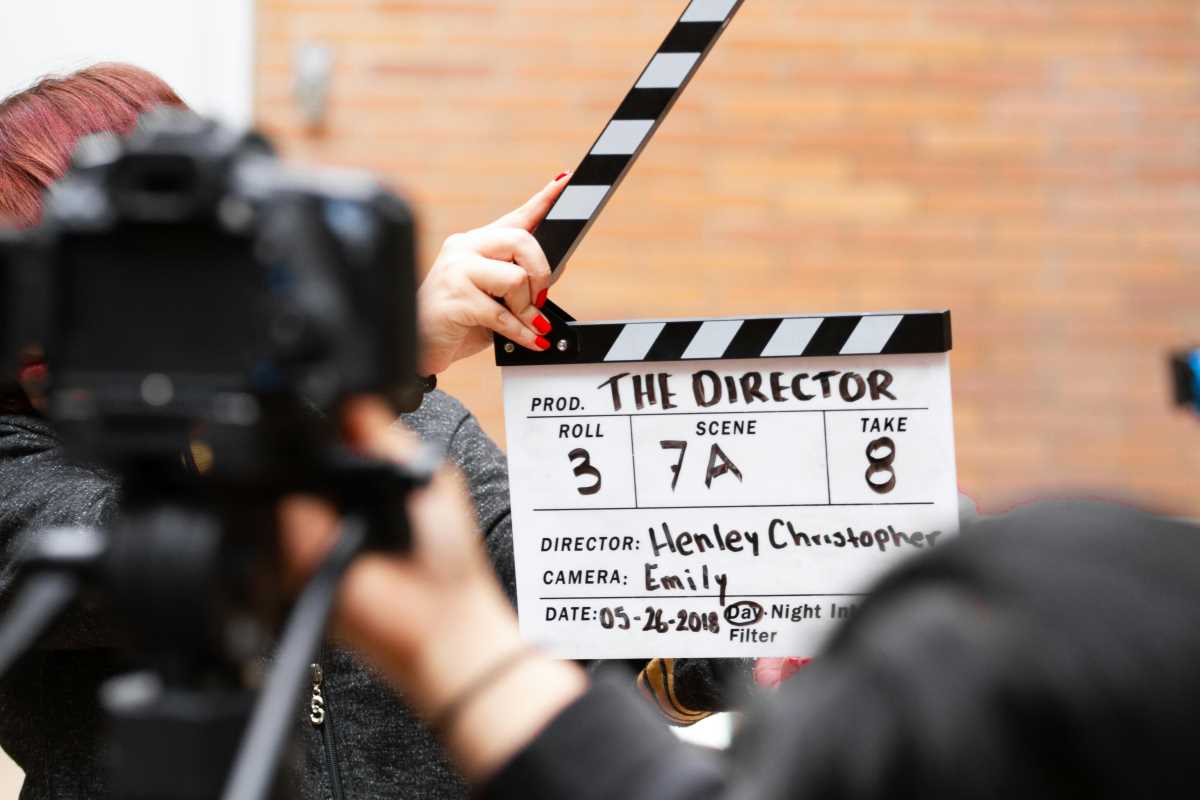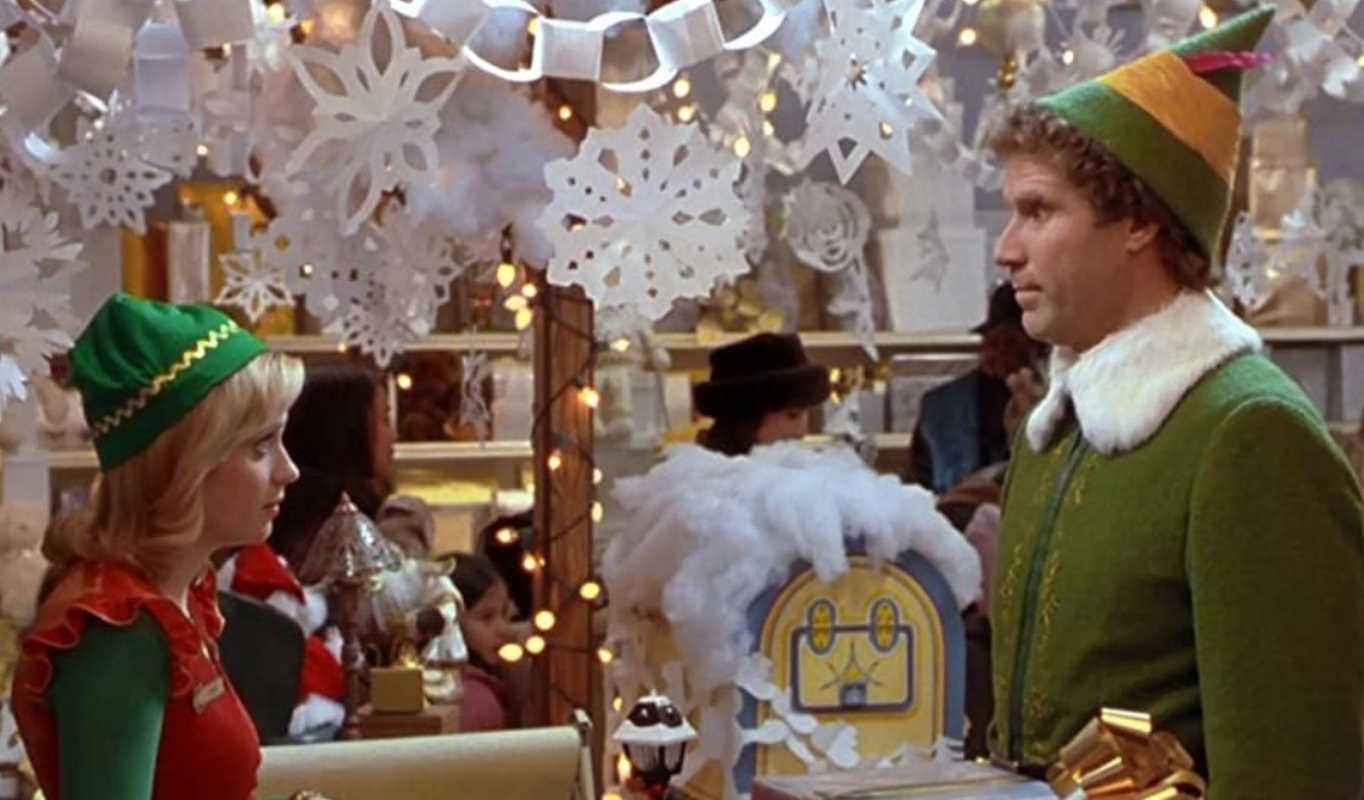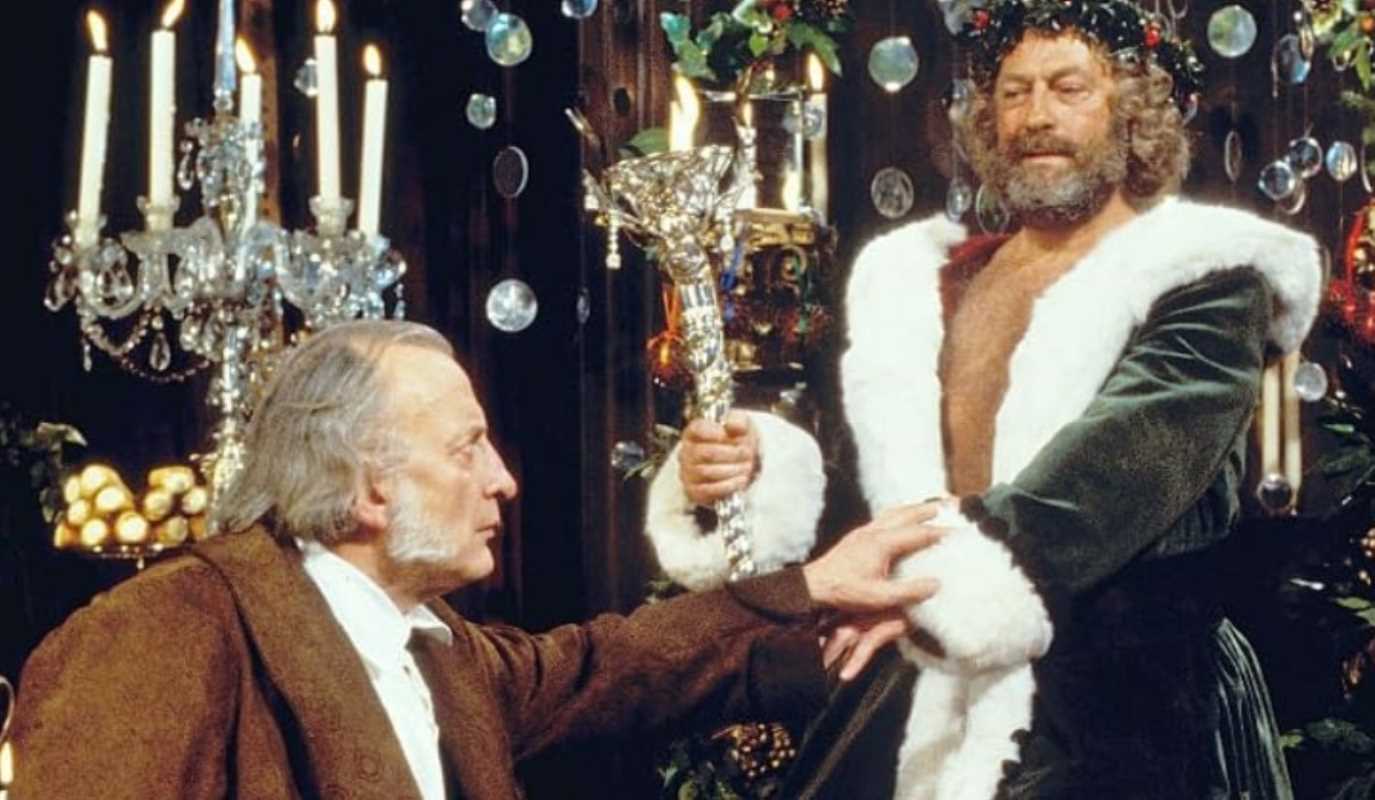When it comes to film and television, a single-take scene stands as a testament to the skill and artistry of filmmakers. These continuous shots, executed without cuts, immerse viewers in the unfolding drama, creating a sense of real-time urgency and connection. The following are among the most breathtaking single-take sequences ever filmed.
"Atonement" - The Dunkirk Beach Scene
Joe Wright's Atonement features one of cinema's most celebrated long takes, a five-minute sequence set on the beaches of Dunkirk during World War II. This scene captures the chaos and despair of retreating British soldiers with haunting beauty. The complexity of coordinating hundreds of extras, horses, and vintage vehicles in a single, fluid motion required meticulous planning and choreography. It not only showcases the director's ambitious vision but also immerses the audience in the emotional turmoil of the moment, enhancing the film's narrative depth.
"True Detective" - The Six-Minute Raid
In the first season of True Detective, director Cary Joji Fukunaga delivered a masterclass in tension with a six-minute single take that follows Rust Cohle (Matthew McConaughey) through a chaotic drug raid. Shot in a dense urban environment with intricate action choreography, the scene required precise timing and coordination. This uninterrupted shot heightens the suspense, placing viewers in the thick of the action and showcasing the series' commitment to gritty realism.
"Daredevil" - Hallway Fight Scene
Marvel's Daredevil pushed the boundaries of superhero television with its iconic hallway fight scene in the second episode of the first season. This three-minute sequence, executed in a single take, features the titular hero battling a corridor full of thugs. The scene is a testament to the show's dedication to authentic fight choreography and character-driven action. The continuous shot captures the physical toll on Daredevil, grounding the superhero narrative in a raw, visceral reality.
"The Haunting of Hill House" - The Storm Episode
In The Haunting of Hill House, the sixth episode, "Two Storms," features an impressive 17-minute single take that seamlessly transitions between past and present. This technical marvel required precise coordination and rehearsal, as the camera fluidly navigates through the intricately designed set. The long take amplifies the tension and disorientation, mirroring the characters' emotional turmoil and deepening the viewer's immersive experience in the haunted house's eerie atmosphere.
"Gravity" - Opening Scene
Alfonso Cuarón's Gravity opens with a breathtaking 17-minute single take that sets the tone for the entire film. This continuous shot, showcasing astronauts navigating the vastness of space, was achieved through groundbreaking visual effects and meticulous planning. The seamless blend of CGI and live-action footage creates a sense of realism and tension, pulling viewers directly into the disorienting and perilous environment of space.
"Children of Men" - The Car Ambush
Another masterpiece by Alfonso Cuarón, Children of Men features a harrowing car ambush scene captured in a single take. The sequence's complexity lies in its confined setting and dynamic action, demanding precise choreography and innovative camera work. The single take enhances the immediacy and chaos of the scene, immersing viewers in the dystopian world and intensifying the emotional impact of the unfolding events.
"Oldboy" - The Hallway Fight Scene
Park Chan-wook's Oldboy features an iconic hallway fight scene that has become legendary for its raw intensity and technical brilliance. The scene, shot in a single take, depicts protagonist Oh Dae-su battling numerous adversaries in a narrow corridor. This sequence required meticulous choreography, with actors performing complex stunt work in tight quarters. The single-take approach amplifies the realism and brutality of the fight, drawing viewers into the protagonist's relentless struggle and highlighting the film's gritty, visceral style. The continuous shot not only showcases the actors' physical prowess but also serves as a metaphor for Dae-su's exhausting journey through the labyrinthine challenges of his life.
"Birdman" - A Cinematic Illusion
Alejandro González Iñárritu's Birdman (or The Unexpected Virtue of Ignorance) is renowned for its illusion of being filmed in a single continuous take. While not technically a single take, the film's seamless editing and camera work create a fluid, uninterrupted viewing experience. This technique amplifies the film's exploration of time and the blurred lines between reality and performance, pulling viewers deeply into the protagonist's psychological journey.
"1917" - A World War I Odyssey
Sam Mendes's 1917 is an extraordinary achievement in single-take filmmaking. The film is presented as a continuous shot, meticulously crafted through a series of cleverly disguised transitions. This technique immerses viewers in the relentless pace of a soldier's mission across war-torn landscapes. The immersive experience draws audiences into the heart of battle, emphasizing the immediacy and peril faced by the characters.
"Victoria" - A True Single-Take Film
The German thriller Victoria takes the concept of single-take storytelling to its zenith, unfolding entirely in a single, unbroken 138-minute shot. Directed by Sebastian Schipper, the film follows a young Spanish woman in Berlin as she becomes embroiled in a bank heist. The real-time narrative and continuous camera work create a gripping sense of urgency and authenticity, making the film a landmark in the realm of single-take cinema.
The Challenges and Impact of Single-Take Scenes
Creating a single-take scene is a formidable endeavor, requiring precise choreography, relentless rehearsal, and seamless coordination between cast and crew. Directors and cinematographers must meticulously plan camera movements, lighting, and actor positioning to ensure a flawless take. The risk of errors adds to the pressure, making successful execution a triumphant achievement.
The impact of these scenes on storytelling is profound. By eliminating cuts, single-take scenes create a deeper emotional connection and enhance the realism of the story. These sequences often serve as pivotal moments, elevating tension and immersing audiences in the characters' experiences.
 (Image via
(Image via




